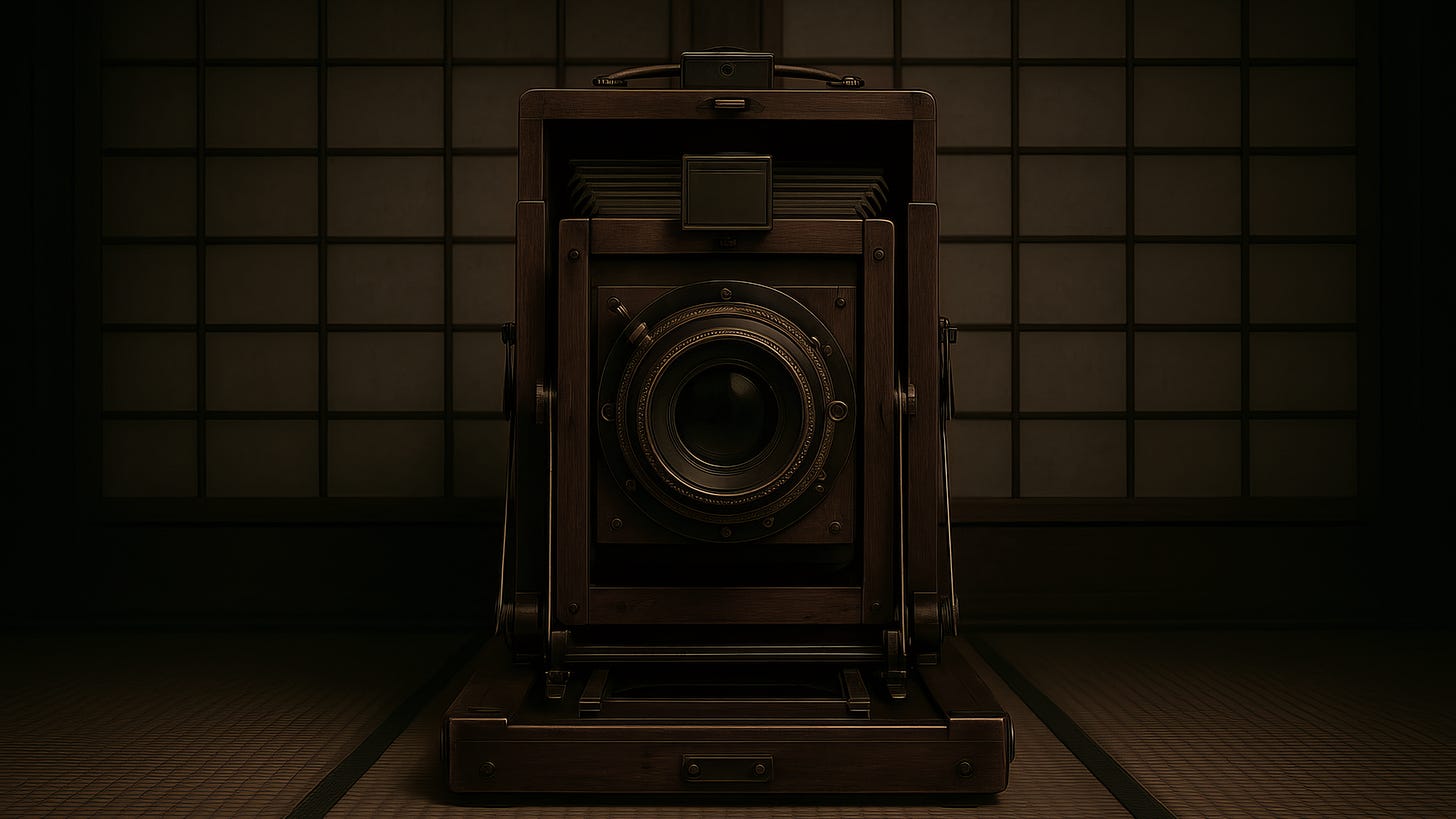Images And Experience Through Japanese Philosophy
A Japanese Perspective On Memory And Experience
In our current era, where every single moment seems to be captured on smartphones, photographs were traditionally seen as a means of preserving cherished memories. Today, however, there is a growing perspective that photographs are no longer simply “memory equals photos,” but rather that “photos ≠ experience,” emphasizing that the act of photographing does not equal the lived experience itself. Society’s understanding of photography is shifting from viewing it as memory itself to something distinct from the actual experience. But then, one might ask, what exactly do photographs record? Or, more fundamentally, have photographs ever truly recorded anything? This question is precisely the starting point of my contemplation. Thus, in this article, I’ll briefly share my perspective on photography, shaped by traditional Japanese thoughts and sensibilities—specifically the Shinto view of nature, Zen philosophy, and the aesthetic sensibility found in haiku.
Until now, photographs have generally been considered a tool for preserving memories. Indeed, looking at a single photograph can vividly revive scenes and emotions associated with the time it was taken. Due to this characteristic of the medium, it has been widely recognized that photographs simultaneously function as records of real-life moments and as triggers for personal memories. Particularly today, with the democratization of photography through smartphones—which allows anyone to take photographs easily, whereas previously this was a privilege available only to a limited few—we frequently encounter people aiming their smartphones to capture every aspect of travel and daily life. This contemporary phenomenon has given rise to criticism suggesting that capturing moments is increasingly prioritized over experiencing them. Indeed, some research suggests that focusing too intently on taking photographs may hinder one’s ability to retain actual memories of the event. But is this truly the heart of the issue?
Personally, when I travel throughout Japan for my research, I also take numerous photographs. Although I never publicly share these images, I have a vast number of photos stored in the cloud—photos capturing festivals, shrines, folk practices, objects, and landscapes from all over Japan. People often ask me why I don’t post these images on social media, and I always reply that it’s because very few people can genuinely understand what I photograph. This is because I photograph not the subject itself, but rather its underlying “心性” (spiritual essence). In other words, for me, photographs are neither records nor memories, and because their deeper meaning would be lost on most viewers, I choose not to share them publicly. This attitude differs completely from the modern context of digital detox or moving away from social media, which has recently gained popularity as a reaction to excessive social media dependence. Instead, my fundamental belief is that these images can only be shared selectively with a small group of individuals who truly understand textual media, at an appropriate time.



